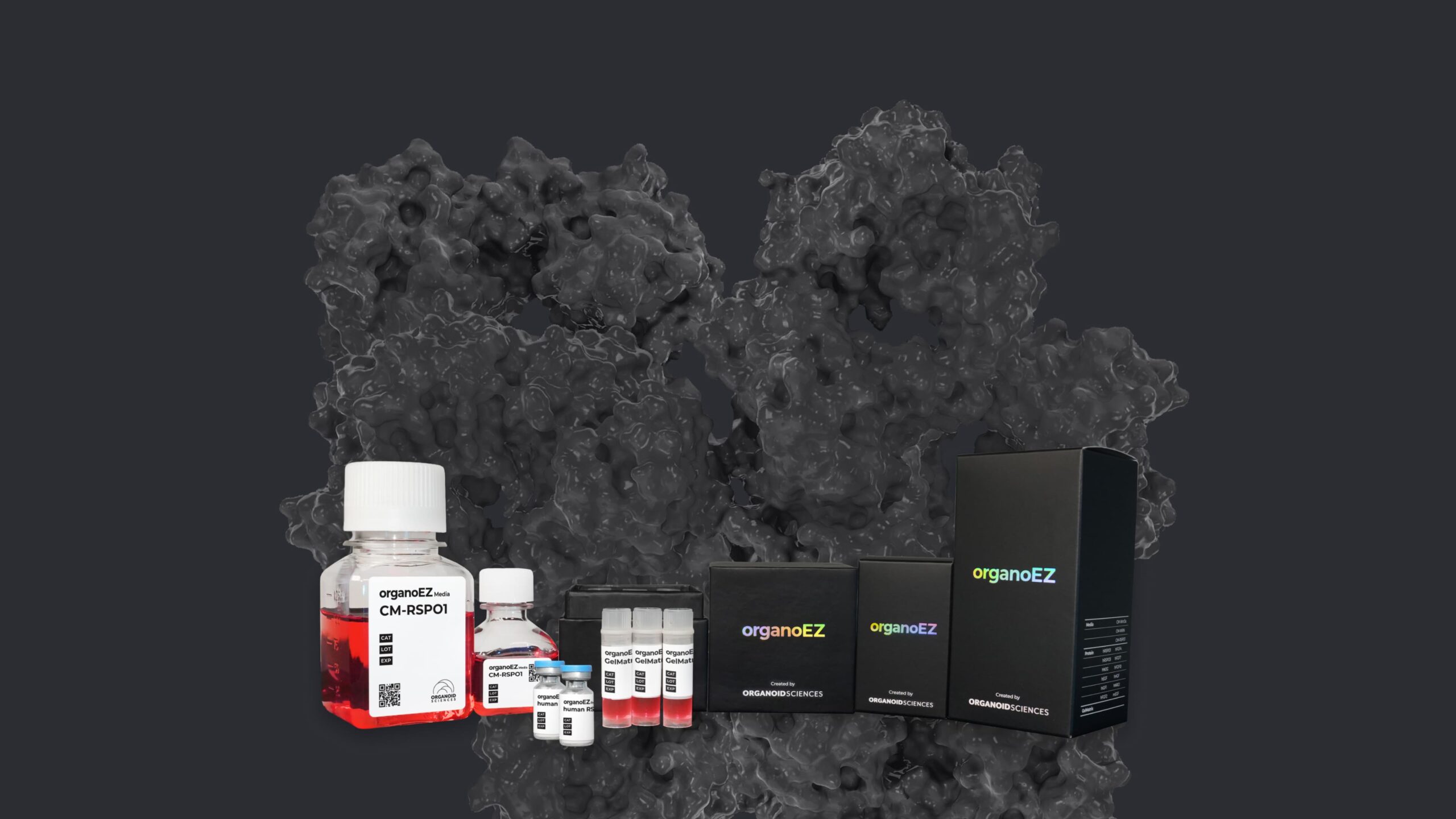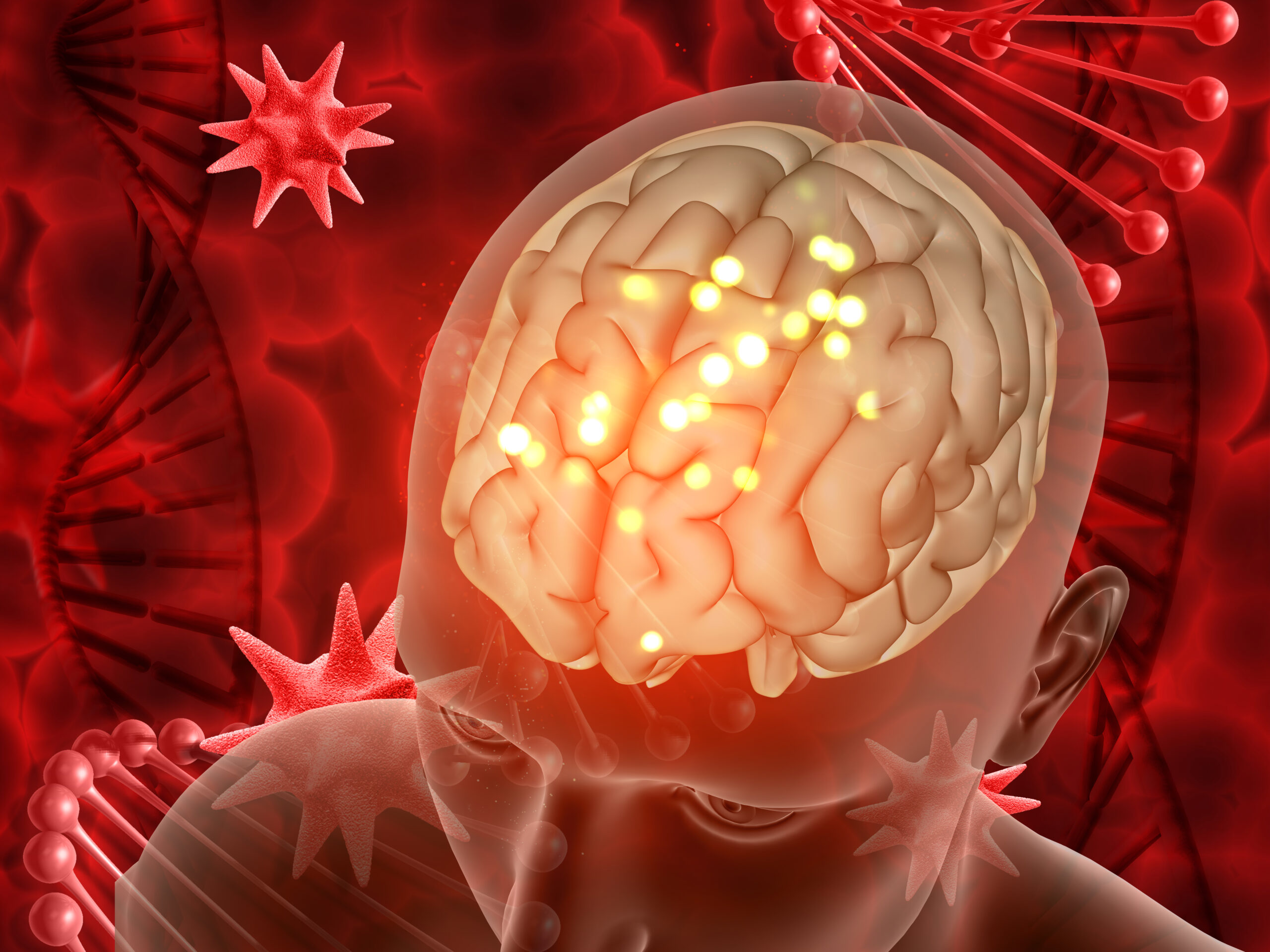Researchers at IMBA, including Catarina Martins-Costa, Nina Corsini, and Jürgen Knoblich, have developed a groundbreaking organoid model of the human brain’s long-range nerve bundles, akin to its information highways. Published in Cell Stem Cell on May 7th, their study focuses on the corpus callosum, a vital bridge between the brain’s hemispheres often affected by mutations in the ARID1B gene.
This rare neurodevelopmental disorder, where the corpus callosum fails to develop, provided insights for the team. By creating brain organoids from stem cells derived from patients with ARID1B mutations, they mimicked this defect in vitro. These organoids, carrying the mutation, enabled the study of how it impacts the development of long-range nerve projections, crucial for understanding brain connectivity.
Through meticulous observation and analysis, the team discovered significant differences in connectivity between healthy and mutated organoids. Mutated organoids exhibited fewer connecting axons, attributed to changes in gene expression affecting neuronal maturation and axon generation.
This pioneering model offers unprecedented opportunities for studying human brain connections at a molecular level. Beyond fundamental research, it holds promise for clinical applications, particularly in testing gene therapies for patients with ARID1B mutations. Collaborations with patient organizations highlight the potential for translating these findings into therapeutic interventions, marking a significant advancement in neuroscience and personalized medicine.
Keywords: brain organoid, rare neurodevelopmental disorders, therapeutic interventions, brain signaling




